Lively construction sites teem with workers who often brave the elements to get the job done. One common adversary they face frequently is the unpredictable weather, especially rain. A sudden downpour not only poses the risk of halting the progress but also exposes workers to potential hazards. Enter rain gear, the quintessential protective gear that ensures construction workers remain dry and safe in these challenging conditions.
To keep construction projects going around the year, it is important to invest in high-quality, durable, and reliable rain gear designed specifically for construction workers. These can range from the standard raincoat and pants set, to specific waterproof gloves and boots. In this article, we delve deeper into why durability and longevity are critical features in choosing rain gear, touching upon the varied types available to keep workers safe amidst the clatter of a rainy construction site.
Importance of Durability and Longevity
When it comes to rain gear for construction workers, durability and longevity aren't just buzzwords - they hold significant weight. Imagine heaving mud, moving heavy objects, and braving the elements throughout the day. Your protection equipment needs to survive such onslaughts, time after time, day after day, without compromising on functionality or comfort.
Heavy-Duty Construction
Let’s talk about the importance of heavy-duty construction. Yes, you guessed it right; we're talking about the strength and robustness of your rain gear.
- Toughness: Rain gear isn't for show; it's meant to survive scuffles with hard, sharp, and heavy objects, and still keep you dry. The scale of toughness needs tipping over towards the extreme end for it to be effective.
- Resistance: In a construction setting, you're not always up against rain. Dust, concrete residue, and even the occasional flying debris are some of your sweat-less enemies. Your rain gear should show proper resistance to these adversaries.
- Comfort: Construction gear generally has a reputation for being bulky and weighty. But it's not a thumb rule that heavy-duty equates to discomfort. Prioritize rain gear that pulls off an incredible combination of toughness, resistance, and comfort!
Waterproof Features
The term "rain gear" wouldn't make sense if it weren't waterproof, would it? Let's indulge in the specifics that make your gear walk the talk.
- Seam-sealed: The vulnerable points in a piece of fabric that offer the easiest entrance to water are the seams. Opt for seam-sealed gear, which offers superior protection against water, extending the lifespan of your gear.
- Breathability: When you're working hard, you generate heat. If your gear isn’t breathable, it traps this heat, causing discomfort and sometimes even overheating. Ideally, your gear should let out this excess heat while keeping moisture at bay.
Quality Material
At the backbone of every quality and durable piece of equipment is a superior material that forms its core. It's the star of the show, doing most of the heavy lifting, setting the overall performance of your gear.
- Puncture and tear-resistance: Rain gear for construction workers needs to own the bragging rights for puncture and tear resistance. If it fails here, it can't hope to last in the demanding construction environment.
- Adaptability: Each construction site brings its unique set of challenges and requirements. The rain gear must be adaptable, capable of resisting not just water, but a host of other work-specific substances and elements.
To wrap it up, the perfect rain gear doesn't just shield you from the rain; it must adapt and thrive in your construction environment, staying resilient through the heavy lifting and mess. This combination of durability, longevity, and excellent material quality could mean the difference between a frustrating workday and a productive one. Good rain gear is an investment, and getting it right is vital for your comfort, safety, and overall work performance. Prioritizing these features will ensure you pick the best gear for the job!
Types of Rain Gear for Construction Workers
No matter the season, outdoor workers like construction professionals need to be prepared for all types of weather. Rain, in particular, can be very challenging, as it can significantly reduce visibility and create hazardous working conditions. Choosing the right rain gear is essential to stay dry, safe, and productive on the job. In this section, we'll talk about the different types of rain gear available for construction workers, and the considerations you should have when choosing the optimal gear for you.
Breathable and Waterproof Gear
The perfect storm in rain gear performance comes in the form of breathable and waterproof gear. Construction work is physically demanding, so workers need gear that keeps them dry without being suffocating. Breathable and waterproof gear accomplishes just that.
- Waterproof gear is designed to block all water penetration to keep the wearer dry in the harshest conditions.
- Breathable gear, on the other hand, allows air to circulate, preventing overheating and providing comfort throughout the workday.
An example of this technology would be a jacket with a Durable Water Repellent (DWR) coating. This unique coating allows water to bead up and roll off the fabric, ensuring the wearer stays dry while also maintaining good air circulation.
High-Visibility Rain Gear
Construction sites can be dangerous, especially in the rain when visibility is compromised. High-visibility rain gear is not just essential; it can be a lifesaver. This type of gear is typically bright yellow or orange and often has reflective stripes to ensure that workers can be seen clearly by their colleagues and any passing vehicles, significantly reducing the risk of accidents.
Rain Gear Material Considerations
There is a wide array of material choices when it comes to rain gear for construction workers. For instance, materials like Carhartt's rubber are favored due to their durability and affordability. Moreover, Sentinel™ material is another compelling choice, offering excellent waterproofing properties.
Those who favor tradition might find an interest in oilskins-inspired gear. This material, made famous by seafarers, offers excellent rain protection and has a unique aesthetic.
When choosing the material, consider factors such as temperature, comfort, durability, and how long you will be wearing the gear. Remember that the perfect gear for you hinges upon your needs and the demands of your work environment.
All in all, equipping the right rain gear plays a pivotal role in ensuring construction workers are comfortable, safe, and efficient under the harsh challenge of rain. As more innovation occurs in the field of protective gear, there are more options than ever for workers to stay dry while performing at their best.
Construction Challenges due to Rain
Weather plays a significant role in the construction industry, impacting both the pace and the quality of the work. Rain, in particular, can present an array of challenges that impede construction efforts if not aptly addressed. In fact, unanticipated rainfall can have a domino effect that disrupts project timelines, damages construction materials, and most worrying of all, subjects workers to various safety hazards.
Let's delve into these issues a bit further:
I. Project Delays
Unanticipated rain can significantly hamper productivity on a construction site. Heavy downpours may render conditions unsuitable for work, thus bringing operations to a standstill until conditions improve. Consequently, project timelines can become protracted, delaying the eventual handover to clients and potentially incurring monetary losses.
II. Material Damage
Certain construction materials are notably sensitive to moisture. For example, excess water can warp wood, corrode metals, or weaken the bond in concrete mixes. When exposed to heavy rainfall, these essential building components might suffer damage that could compromise the structural integrity of the entire construction project.
III. Safety Hazards
Worker safety also becomes a significant concern during periods of heavy rainfall. Slick, wet surfaces increase the risk of slipping and falling, while pooled water might also pose an electrocution risk near power tools and electric equipment. Over time, consistent exposure to moisture can foster the growth of mold, presenting health risks to those on-site.
In understanding these challenges precipitated by rain, it becomes apparent that construction project management needs a contingency plan for weather-related issues. Addressing these weather-induced problems isn't merely about ensuring timely project completion, but also safeguarding materials and, above all, guaranteeing a safe environment for workers. By integrating strategies into construction planning that allow for weather flexibility, industry professionals can evolve to overcome even Mother Nature’s caprices.
Durable Construction of Rain Gear
Life is too short to let a little rain stop you. Whether you're out for a morning run, off to work, or gearing up for an outdoor adventure, a sturdy rain gear becomes your best defense against the elements. Waterproof materials, durable construction, and an eye for detail typify high-quality rain gear available in the market today.
Seam-Sealed Construction
Rain or shine, don't let the weather dictate your day. While many factors determine the imperviousness of a rain jacket, seam-sealed construction certainly takes the pole position. Let's dive a little deeper into what seam-sealed construction brings to the table:
- Robust waterproofing: The seams are the most susceptible parts of a jacket where water can seep through. Seam-sealed construction ensures that these vulnerable points are fortified to prevent any infiltration.
- Increased longevity: The process of seam sealing not only repels water but also enhances the life of your jacket. The reinforced stitching can withstand wear and tear, giving your gear a longer lifespan.
- Comfort and lightness: Seam-sealed jackets don't just resist water effectively; they also offer a comfortable and lightweight wear. This makes it a perfect choice for outdoor activities.
Laminated Triple-Layer Construction
Imagine being drenched in a downpour with no end in sight. The last thing you want to worry about is your rain gear giving up. That's where laminated triple-layer construction jumps to the rescue. Here's why:
- Superior water resistance: Thanks to the three-layer lamination process, these jackets offer superior water resistance. Your skin remains dry even in sustained rain.
- Intense durability: The three layers work together to provide an impressive level of resilience. Bumps, scratches, or constant wear are less likely to affect the functionality of your jacket through this construction.
- Breathability: Despite its robust construction, laminated triple-layer jackets allow your skin to breathe. They effortlessly strike the balance between keeping water out and letting air in.
PVC Coated Jackets
Our grand finale in this waterproof wear round-up includes PVC coated jackets. PVC, or Polyvinyl Chloride, offers a surprising amount of rain protection. Here’s why:
- Impenetrable shielding: PVC forms a consistent, non-porous outer layer that does not permit water to pass through. It makes a wonderful choice for heavy rainfall or high water-pressure situations.
- Endurance: PVC coatings have a high resistance to chemicals, grease, and oil, adding to the overall durability of the jacket.
- Value for money: PVC jackets are typically more affordable than their counterparts, proving a cost-effective solution to your rainwear needs.
Next time you set out to pick your rain gear, remember these insights on construction types. They could indeed make the difference between a day saved or soaked!
Comfort and Breathability of Rain Gear
Whether you're out for a hike, on a construction site, or at a football match, no one wants their day ruined by unpredictable weather. That's why donning high-quality rain gear can make all the difference. However, while it's crucial to stay dry, it's equally important to consider the breathability and comfort of your rain gear. Sweat, after all, can soak you just as thoroughly as a downpour.
To navigate this frequent but avoidable peril, let's delve into the dual requirement of comfort and breathability when selecting rain gear.
Just as a building under construction requires a solid foundation, your rain gear should center on comfort and breathability. One of the trusted ways to guarantee these two features is to focus on rain gear that promotes adequate ventilation. With such gear, you can escape the common discomfort of feeling too hot or stuffy, especially during rigorous activities like construction work, outdoor sports, or intense hiking.
Importantly, rain gear with ample ventilation helps to combat sweat and moisture build-up, ensuring a high comfort level. This attribute leads to great breathability, which is characterized by allowing sweat to evaporate rather than trap it on your skin. Besides offering a dry experience, breathable rain gear also eradicates the likelihood of feeling clammy or experiencing skin irritations from long-term exposure to dampness.
Now, how can you determine the comfort and breathability of your desired rain gear?
One key factor to consider is the construction material. High-end synthetic fabrics like Gore-Tex or Pertex are renowned for their breathability and waterproof features.
Moreover, remember to pay close attention to the feature descriptions, looking out for words such as "ventilated," "breathable," and "moisture-wicking." These are clear indications of the rain gear's capacity to manage your body’s heat efficiently.
Here is a quick overview of factors you should consider when looking for breathable and comfortable rain gear:
- Material: A preference for high-end synthetic fabrics like Gore-Tex or Pertex.
- Design: Look for features that promote ventilation.
- Description: Keep an eye out for terms like "ventilated," "breathable," and "moisture-wicking."
Remember that staying dry in the rain doesn't have to come at the cost of comfort. So when shopping for your next rain jacket, don't forget to factor in breathability and comfort as well, all alongside keeping dry.
After all, your utmost enjoyment while engaging in outdoor activities or work isn't only about battling the elements. It also involves ensuring that you feel absolutely comfortable and dry from the inside out. Your trusty weather gear should provide not just a shield against the rain, but also a highly breathable and comforting experience.
Choosing breathability and comfort over the allure of water-resistance will always pay off in the end, as all three features play a crucial role in maintaining a high comfort level throughout a wet day or season.
Maintenance of Rain Gear
Rain gear helps shield you from unforgiving weather conditions, keeping you dry during those unexpected downpours or misty hikes. But to ensure they fulfill their duty well, regular maintenance is crucial.
One might wonder, "Why do I need to maintain my rain gear? Does cleaning not suffice?"
Well, considering the diversity and complexity of weather conditions your gear encounters, just cleaning isn't enough. You see, when exposed to certain elements like dirt, sweat, and body oils, your rain gear can lose its water repelling efficacy. Hence, the proper maintenance of rain gear isn’t merely a choice— it's a necessity.
To start with, regular maintenance of the Durable Water Repellent (DWR) finish is of utmost importance. The DWR finish is like the first line of defense of your rain gear. It is responsible for the water-beading you observe on the surface of your coat. With time and use, this finish might get affected, but fear not! There are spray-on or wash-in products you can use to restore it. Note that it's advisable to apply these with caution as not every application responds well to every type of rain gear.
In addition to safeguarding the DWR finish, here are some more tips you should follow for the proper maintenance of your rain gear:
- Washing Carefully: Rain gear isn't like your other laundry. It needs to be washed with a gentle, non-detergent soap to prevent damage to the DWR finish. Also, keep the wash cycle gentle and avoid using a fabric softener.
- Utilize the Dryer: After washing, dry your rain gear in a dryer on low heat. This helps to reactivate the DWR finish.
- Gentle on the Zippers: Waterproof zippers can face wear and tear with time. Keeping them clean and lubricated with a silicone-based lubricant can increase their lifespan.
- Patch up Holes: If you notice a small hole or tear, don't wait. Patch it up immediately. Ignoring minor damages can lead to larger problems down the road.
Learning to maintain your rain gear appropriately is an essential skill for those who frequently find themselves braving the elements. So, stick to these steps, and you're sure to increase the longevity of your most trusted weather protection. Whether you're hiking through dense forests, maneuvering through rocky terrain, or simply making a grocery run in the rain, a well-maintained rain gear is your unwavering companion.
High-Visibility Rain Gear
Embracing the great outdoors comes with its own unique set of challenges and hazards, especially for workers in hazardous locations. One cannot overstate the importance of the right gear in ensuring safety, and high-visibility rain gear takes a front-seat in that respect. This gear is specifically designed to not only keep you dry during harsh weather but also significantly enhance your visibility.
In certain workplaces such as construction sites, shipping docks, and emergency response situations, visibility is paramount for safety. Heavy rainfall, dense fog, or poorly-lit environments can severely hamper visibility, making workers vulnerable to accidents. This is where high-visibility rain gear steps in, combing the dual functions of visibility enhancement and weather resistance. Not only does it keep its wearers dry, but it also makes them easily noticeable, even in low-light conditions.
The main features of high-visibility rain gear include:
- Bright, Reflective Colors: High-visibility rain gear comes in bright colors like lime and orange, making the users stand out against any backdrop. The reflective tapes or strips embellished on these gears help by reflecting light, increasing visibility even further.
- Water-Resistant Material: The gear is fabricated from high-quality water-resistant materials like PVC or polyester, which keeps the wearers dry and comfortable during heavy rain or snow.
- Comfort and Fit: Last but not the least, these gears come in varying sizes, equipped with adjustable straps, closures, and gussets to ensure a snug yet comfortable fit for all users, which avoids any hindrance in their movements or tasks.
As mentioned earlier, "High-visibility rain gear is crucial for workers' visibility and safety in hazardous locations." And while the choice of rain gear can depend on one's preferences and work requirement, investing in high-visibility rain gear can assure safety and comfort during harsh weather conditions or in high-risk work environments.
A human-visibility element under unfavorable conditions is a non-negotiable safety standard. With high-visibility rain gear, this standard is instinctively upheld. Remember, in the realm of worker safety, visibility is not just about being seen, but it's also about making a proactive choice for personal safety.
Conclusion
In an industry where inclement weather can significantly disrupt the workday and the comfort and safety of workers is paramount, having access to effective rain gear is invaluable. With heavy-duty construction, waterproof features, and high-visibility enhancements, the right rain gear not only protects from the elements but also fosters productivity and minimizes safety hazards.
Of course, all rain gear is not created equal. As we've discussed, features such as seam-sealed construction, laminated triple-layer construction, and breathable materials can impact the longevity and performance of these valuable items. Effortless maintenance procedures also contribute to the efficiency of gear usage.
For those looking for reliable and sturdy rain gear, consider Hurricane Raingear, where the mission has always been to provide both exceptional protection and superior comfort. All their products are assembled with the time-proven strengths of North-American-Made materials, making it a trusted choice for construction professionals across any weather conditions.
Embrace the elements and equip yourself adequately to take on your workday, rain or shine. Enhance your safety, improve your comfort, and increase productivity with quality rain gear from Hurricane Raingear. The right gear can truly make all the difference.
Frequently Asked Questions
-
What are some essential rain gear items for construction workers?
Some essential rain gear items for construction workers include waterproof jackets, pants, footwear, gloves, and hats. It's also recommended to have items like waterproof bags or covers for tools and equipment.
-
Why is durability important when choosing rain gear for construction workers?
Durability is important because construction work is physically demanding and requires gear that can withstand various weather conditions and heavy use. Durable rain gear will last longer and provide better protection for workers.
-
What materials are recommended for durable rain gear for construction workers?
Common materials recommended for durable rain gear for construction workers include heavy-duty polyester, nylon, or PVC-coated fabrics, as they are resistant to tears, abrasions, and water penetration.
-
How can construction workers ensure the longevity of their rain gear?
To ensure the longevity of rain gear, construction workers should follow manufacturer's care instructions, avoid exposing gear to harsh chemicals or excessive heat, clean and dry gear properly after use, and periodically inspect and replace any worn-out or damaged pieces.
-
Are there any specific features to look for in rain gear for construction workers?
Yes, some specific features to look for are reinforced stitching, adjustable cuffs and hems, sealed seams, reflective strips for visibility, multiple pockets for storage, and detachable or adjustable hoods.



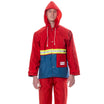
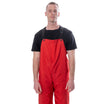
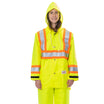
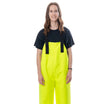
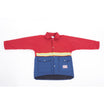
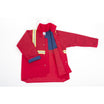

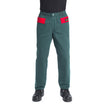
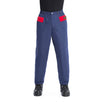
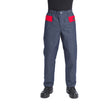
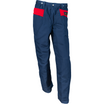
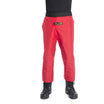
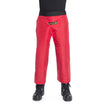
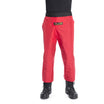
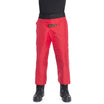
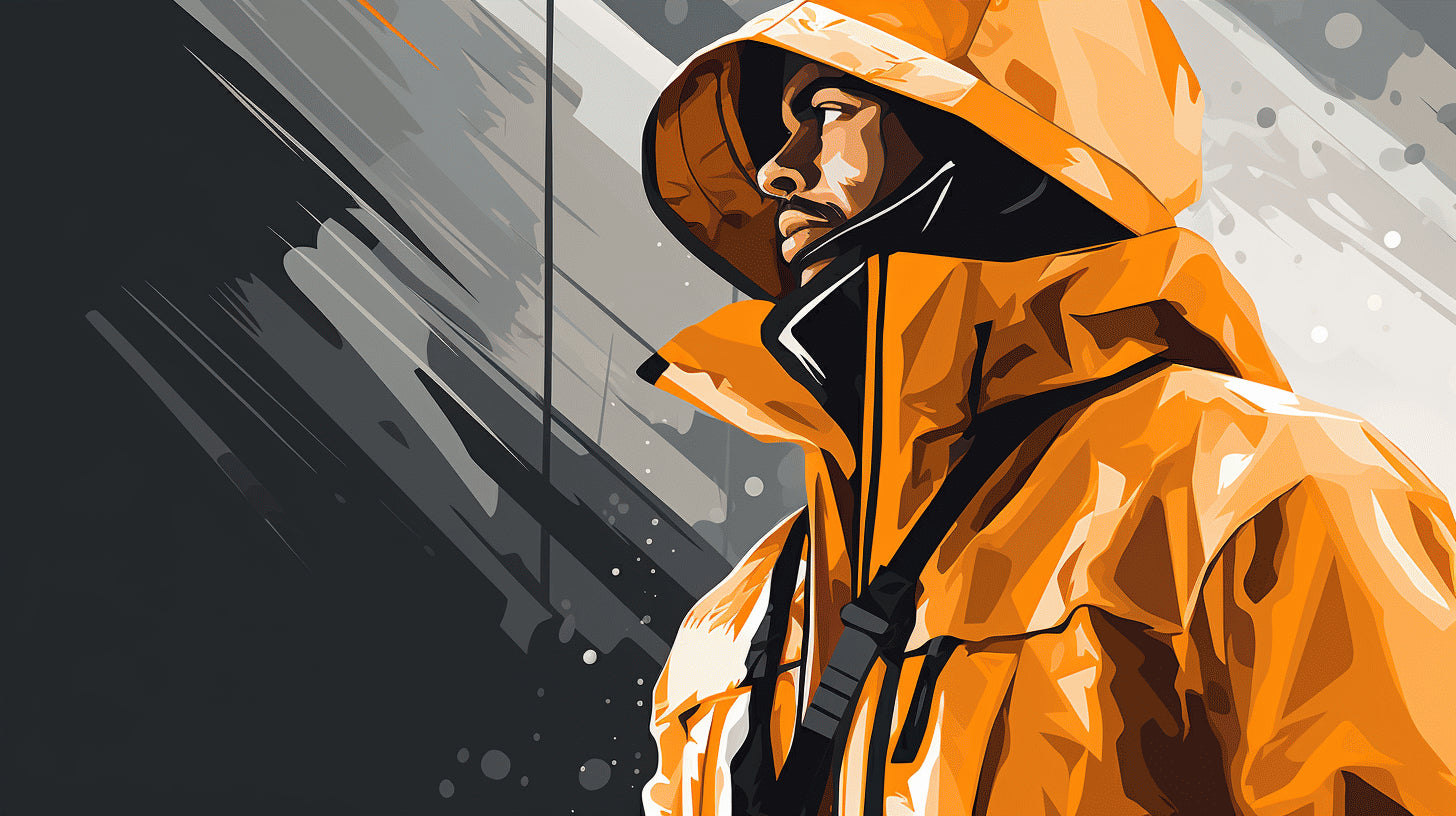
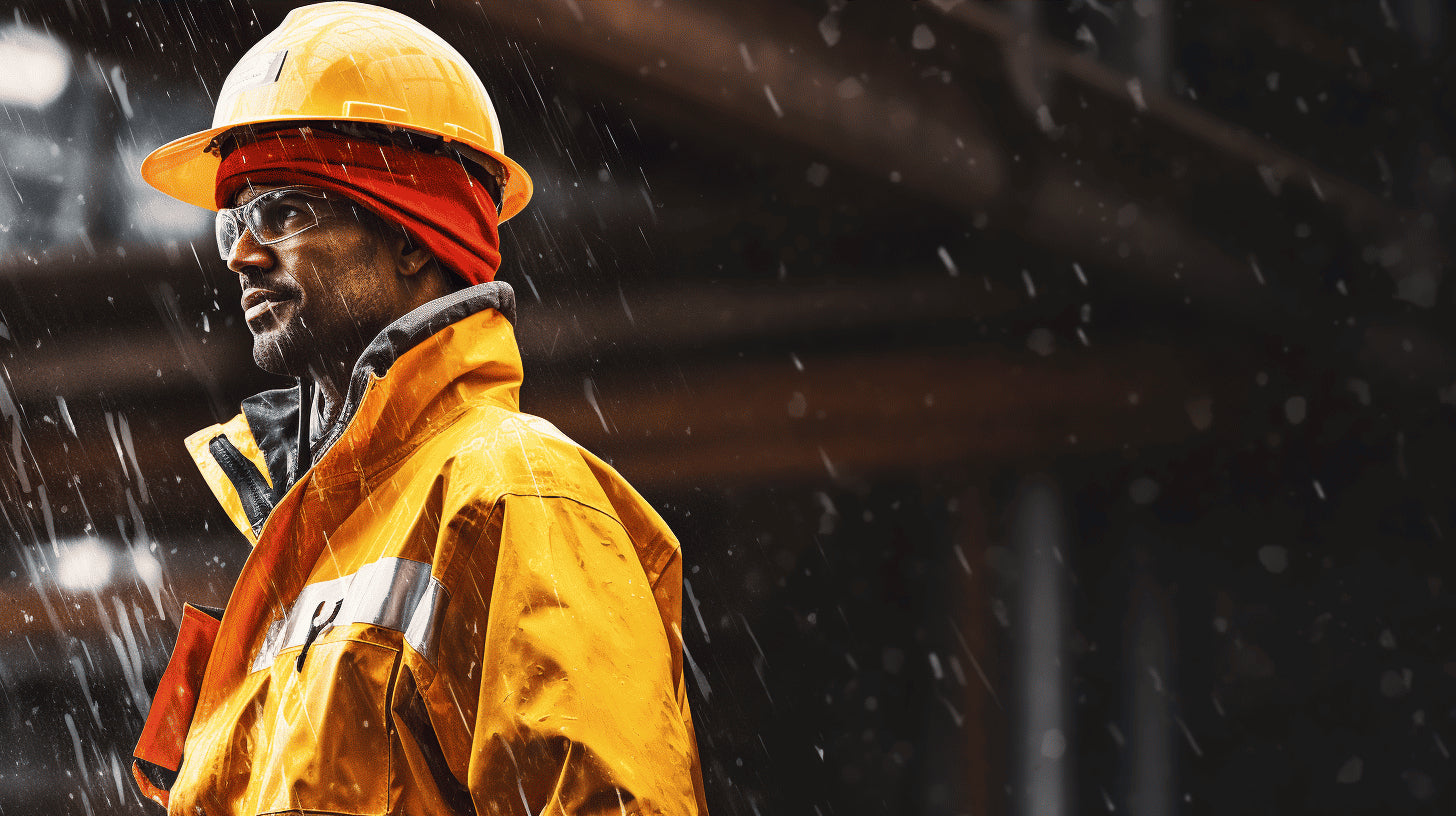
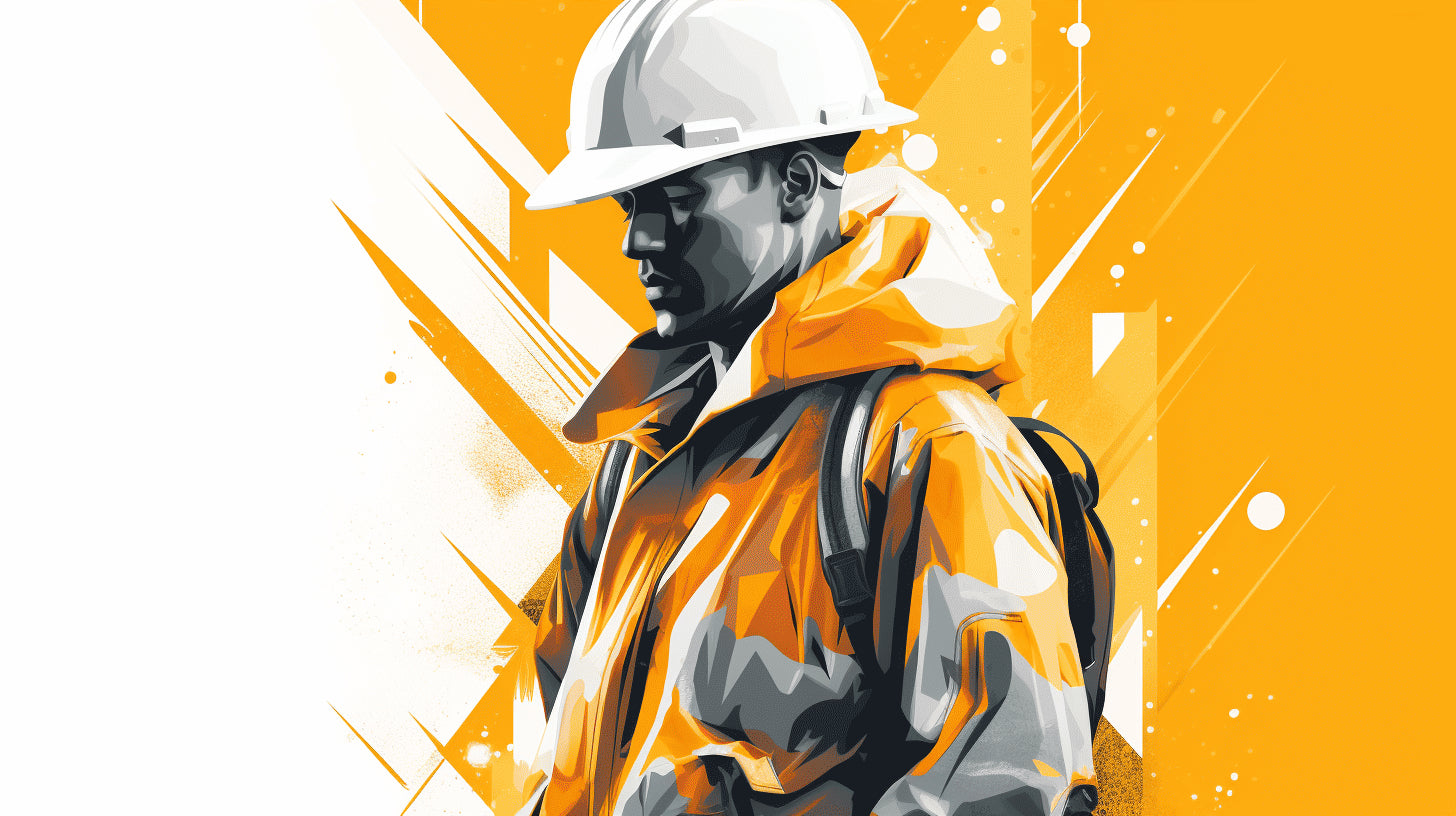
Leave a comment
This site is protected by hCaptcha and the hCaptcha Privacy Policy and Terms of Service apply.